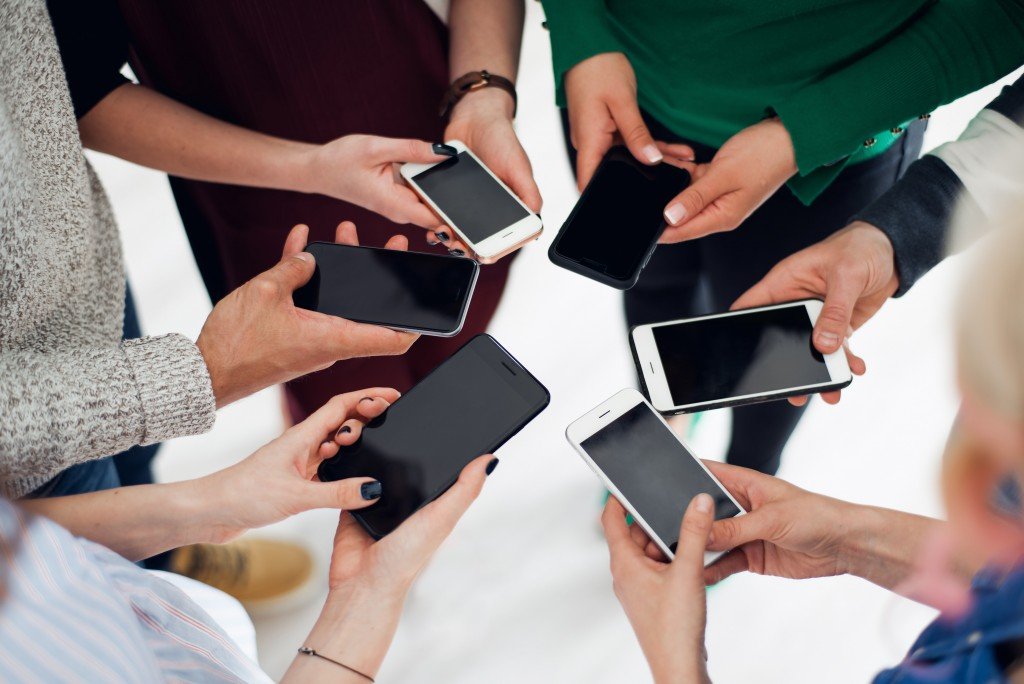Through the years, the world has moved from T9 keypads to touchscreen phones. What used to be an unbreakable and handy brick is now less than half a centimeter thick, highly breakable panel.
A World of Full-Screen Touch
In 2007, Apple released the first iPhone. It was the smartphone that introduced the full-screen touch, getting rid of the physical keypad. The first generation of iPhone was presented as the hybrid of the cellphone and iPod. It would bring together the internet, the iPod, and the phone. With this, people were amazed, but some were in disbelief.
This moment paved the way for the smartphones we know now. Smartphones average a 6-inch high-definition screen with a wide spectrum of colors. They might as well be as powerful as a personal computer. They can record an entire movie with cinematic quality. Smartphones bring convenience, too, as they allow synchronization and connectivity in devices, including home automation systems.
Innovation Comes with Danger
What came with these advancements, however, is smartphone addiction. Now, people can barely live a day without checking their phones. Some people spend more time on their phones than cultivating real-life connections and physical interactions. On average, a millennial picks up their phone at least 150 times a day to check for notifications.
The main culprit could be the internet. Its accessibility, its scope, and the rise in population of online users have given birth to social media and other applications. While these are all useful, these applications are designed to keep the user scrolling for hours. People bring it up a lot: the algorithm.

Before the algorithm, people saw posts in chronological order. The latest posts were on top, and the older ones followed. When Instagram incorporated the algorithm in 2016, people were puzzled. Why are they suddenly seeing posts from a week ago on top of their feed?
That’s what social media algorithms do: they find out what you like and what you’ve been viewing. Sprout Social defines this as “a way of sorting posts in a users’ feed based on relevancy instead of publish time.” If you’ve been looking at dogs, you’ll see more of them in the next few days. If you’ve been interacting with a close friend, their posts are going to be on top of your feed. The more you’re interested, the more you scroll and use the app.
On the bright side, it’s completely possible to limit your screen time. Here are a couple of tips to help you let go of your phone:
-
Turn off unnecessary notifications
In this context, unnecessary means non-communicative notifications. These are the buzzes that notify you if someone is going on Facebook Live or posted something new. Their intentions are just set to lure you into the social media abyss.
-
Go grayscale
UI design is notorious for using color psychology. That’s why notifications are always red because they convey urgency. People also tend to be more entertained when there’s color, so take that away, and the fun is subdued.
Good things remain good with moderation. Technology, especially smartphones, are so useful, but people tend to use them in excess. As long as people impose rules to lessen their screen time, the harms of smartphones can be minimized.

